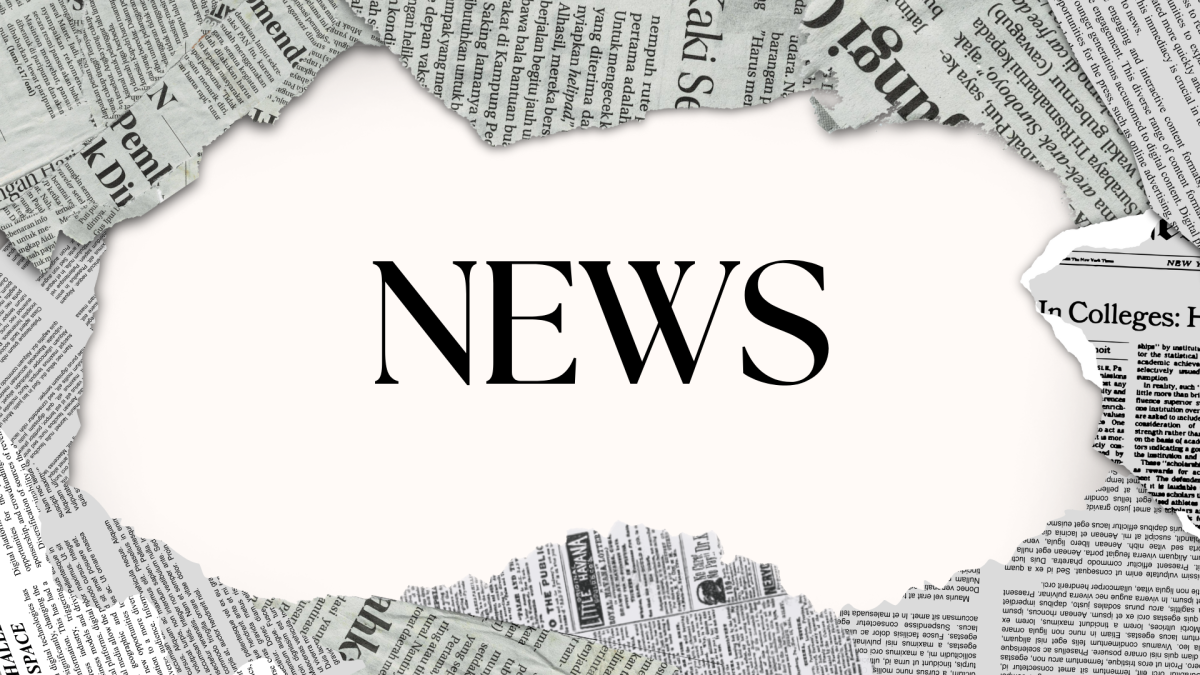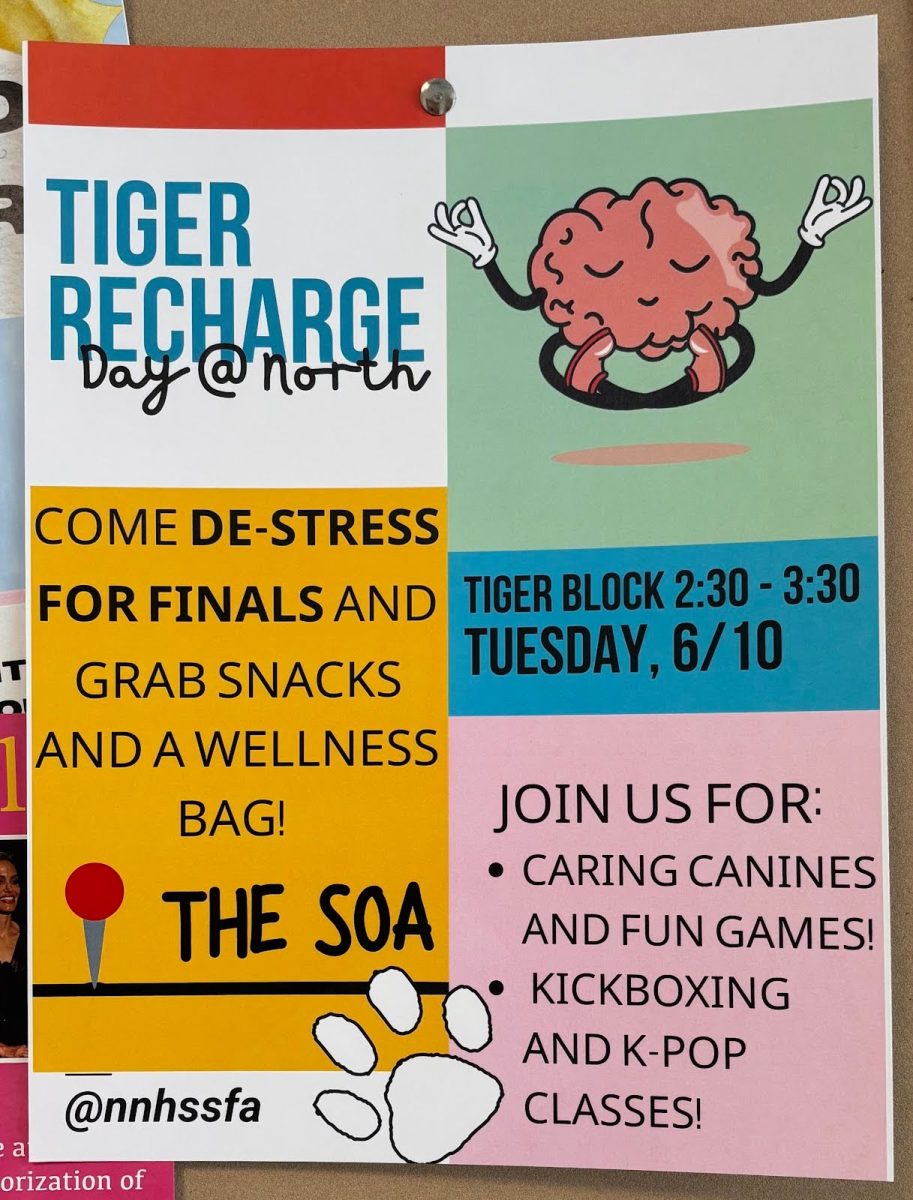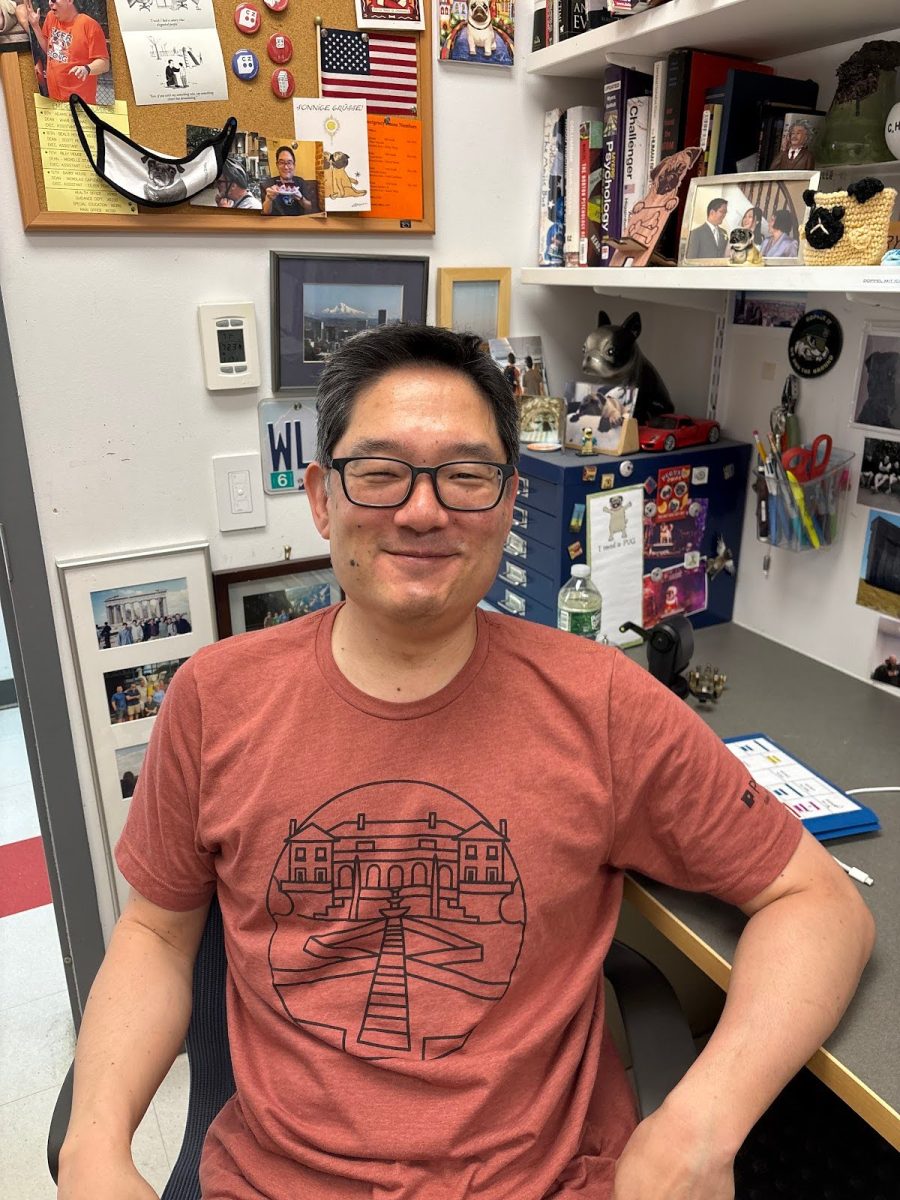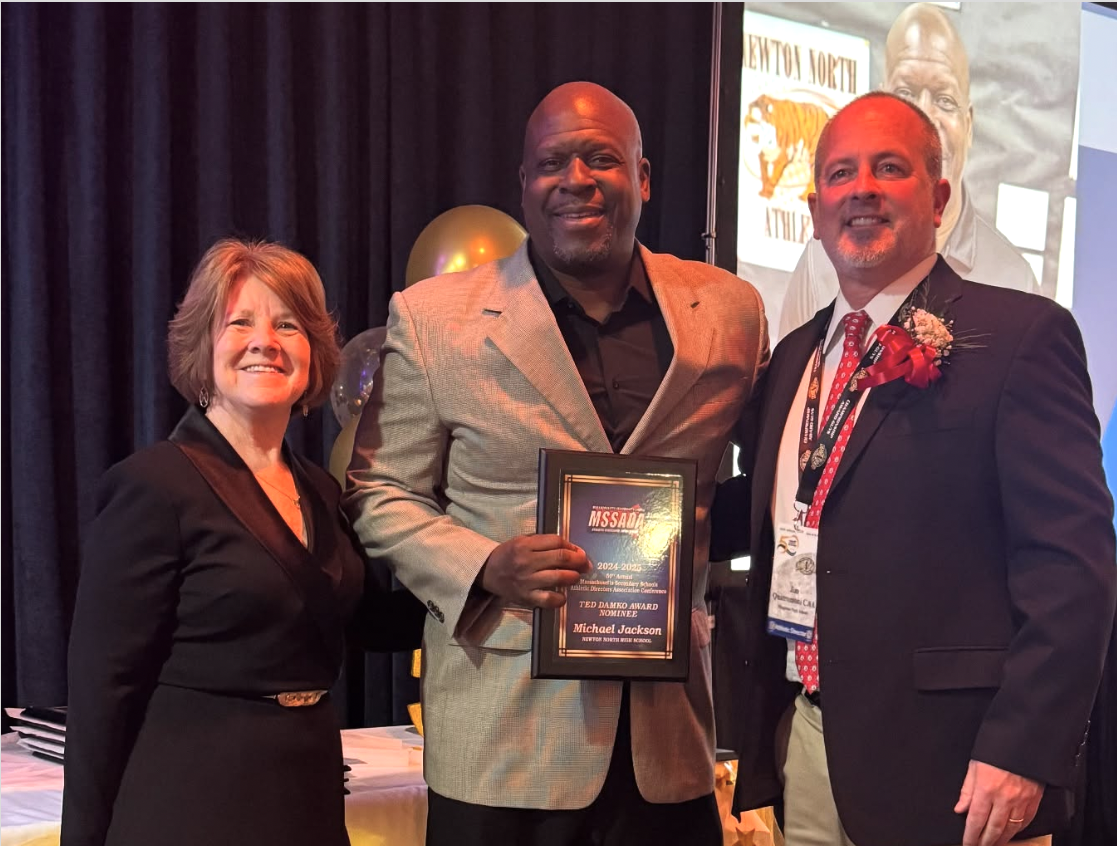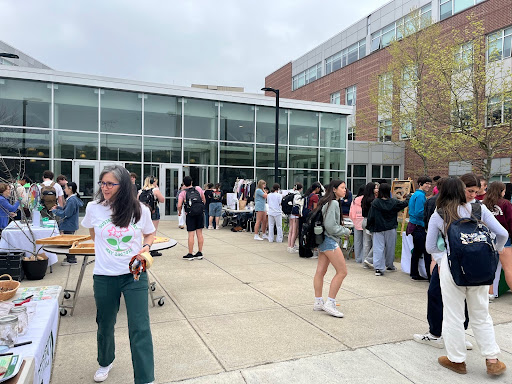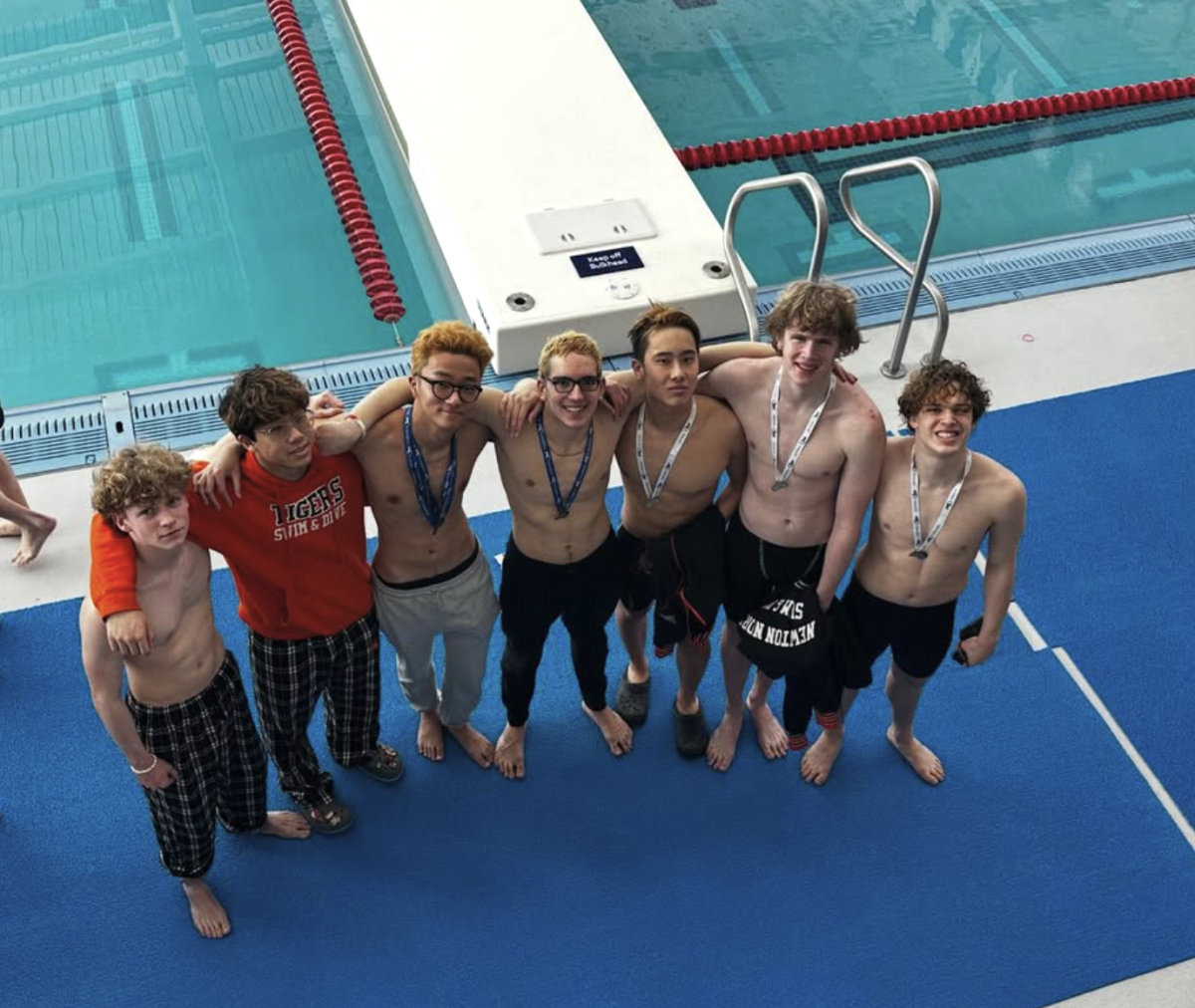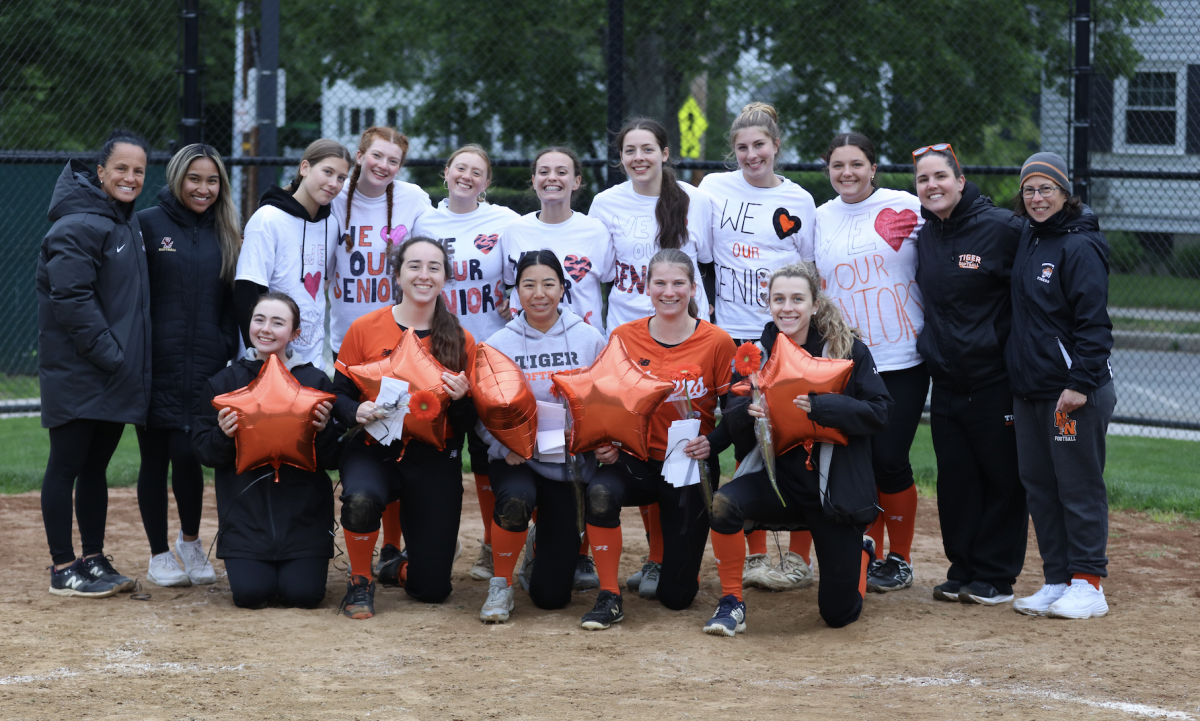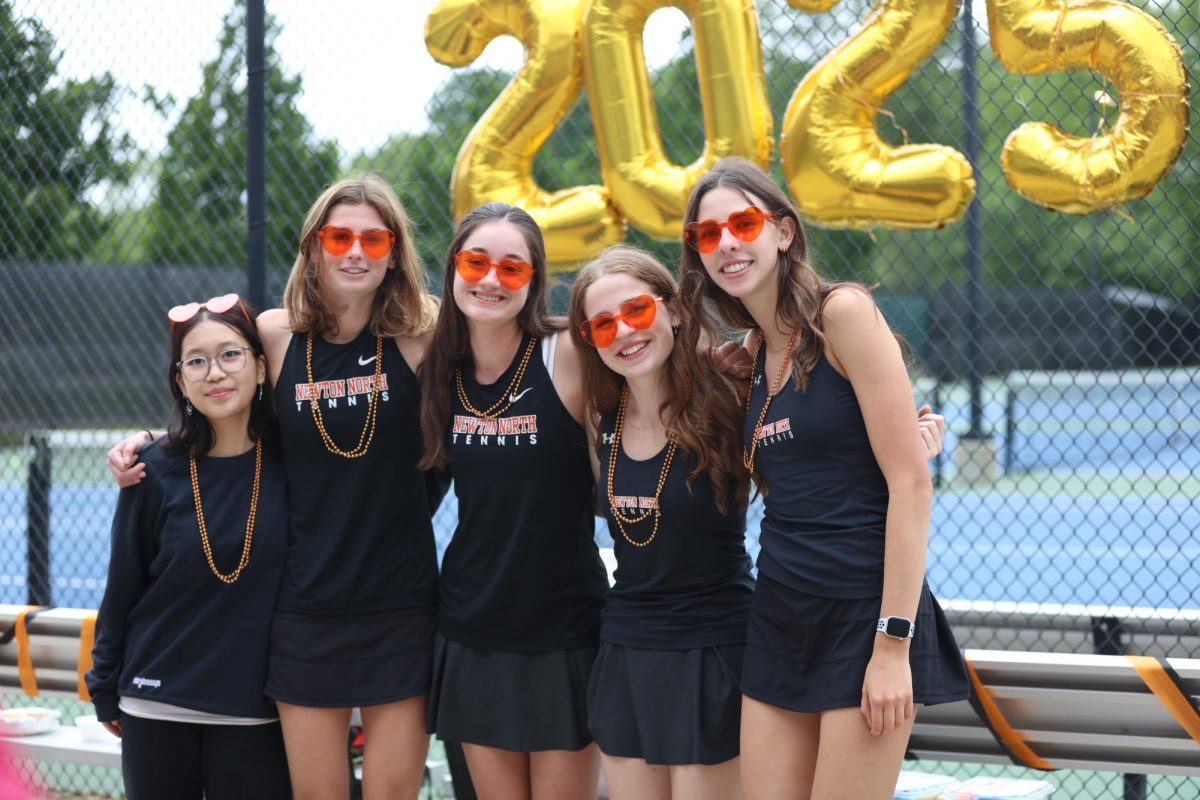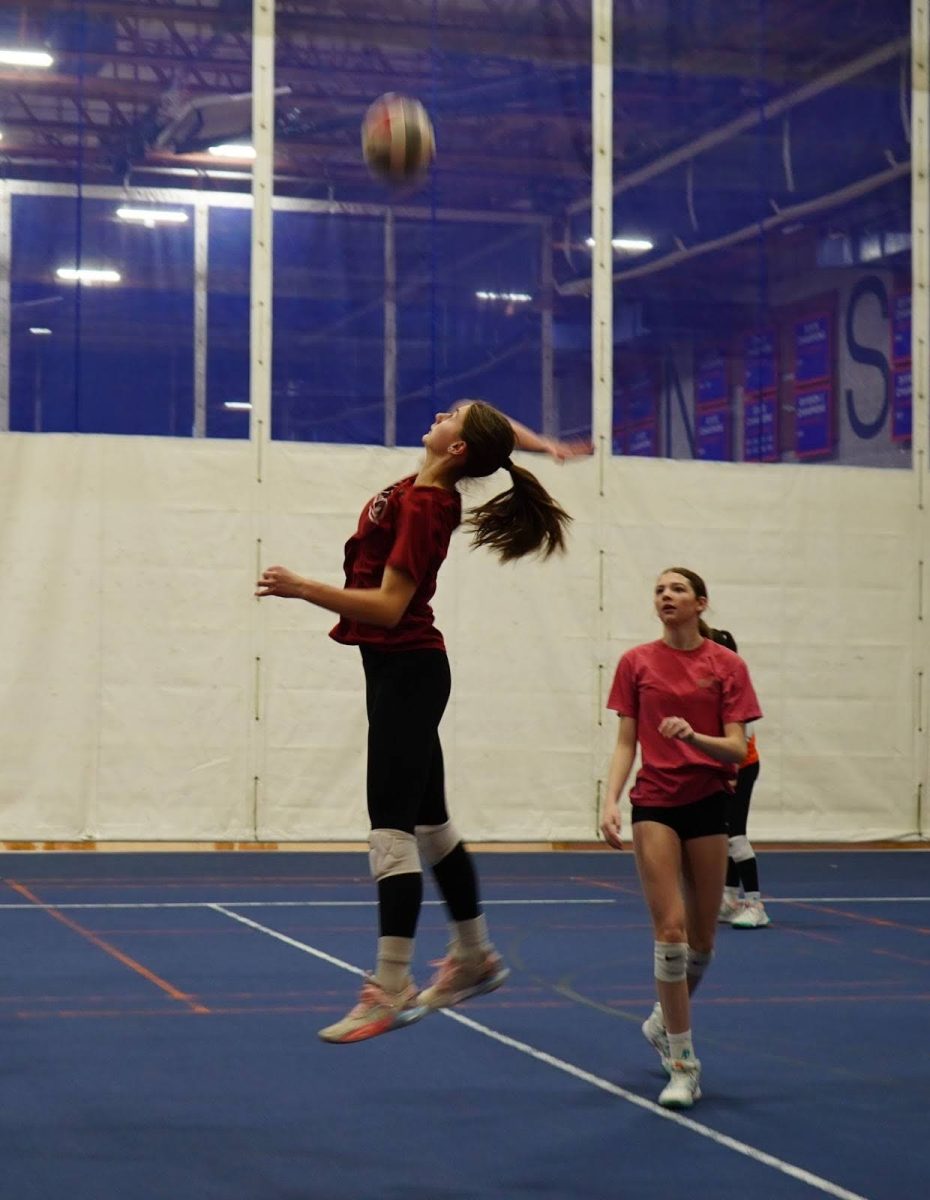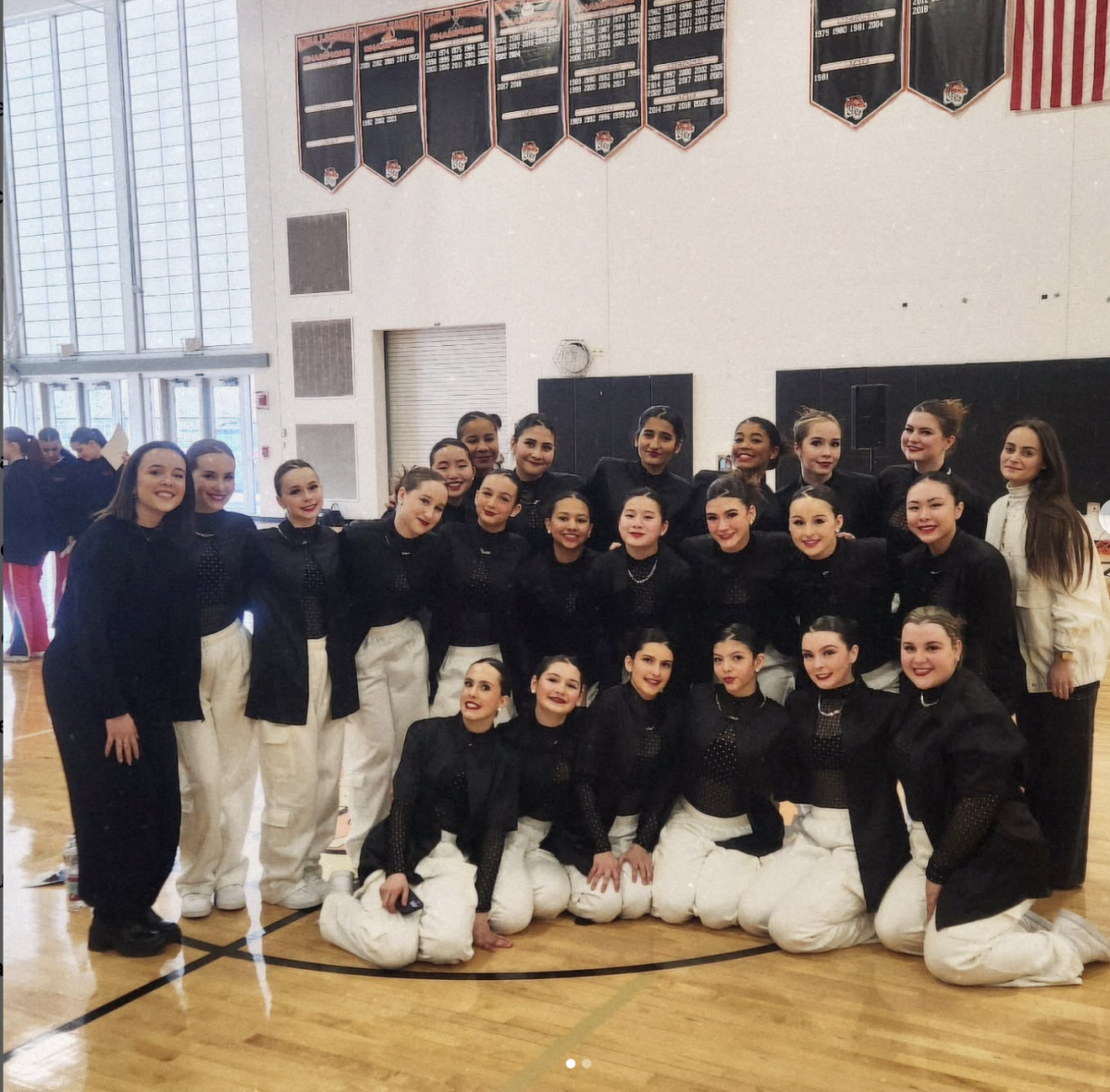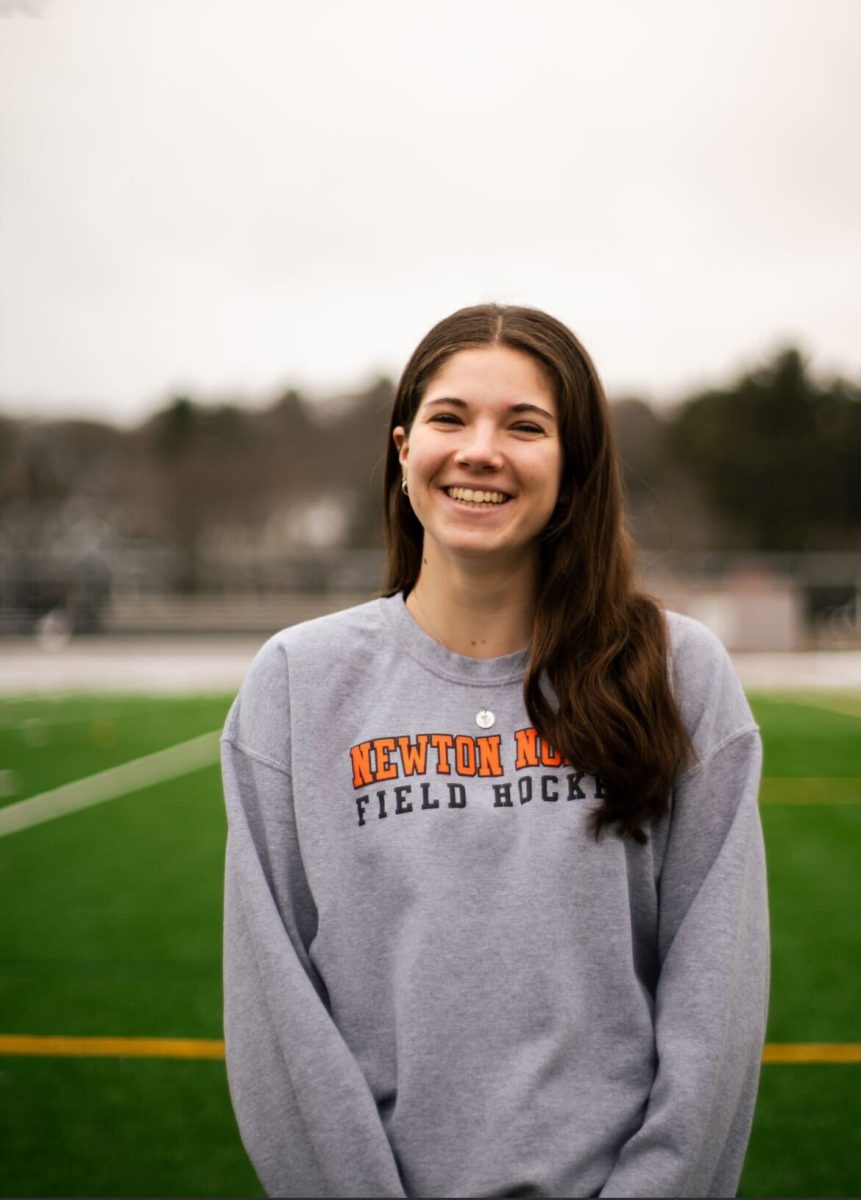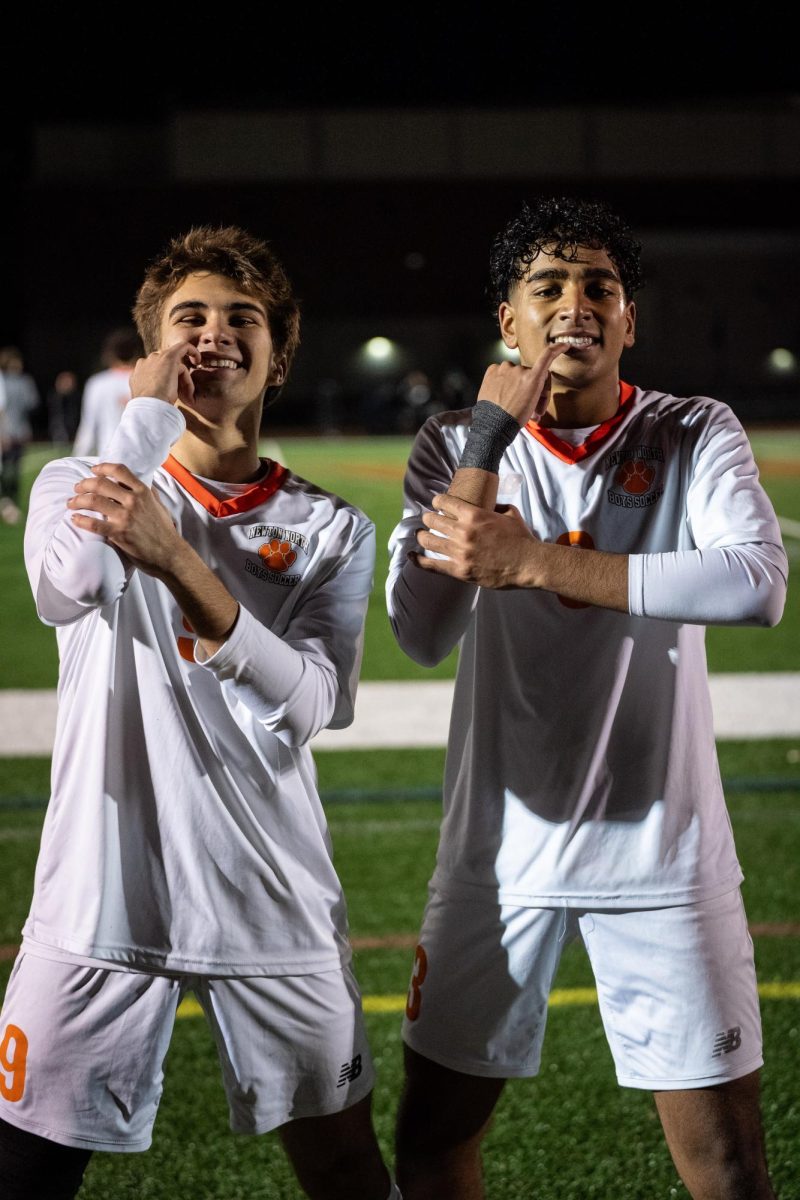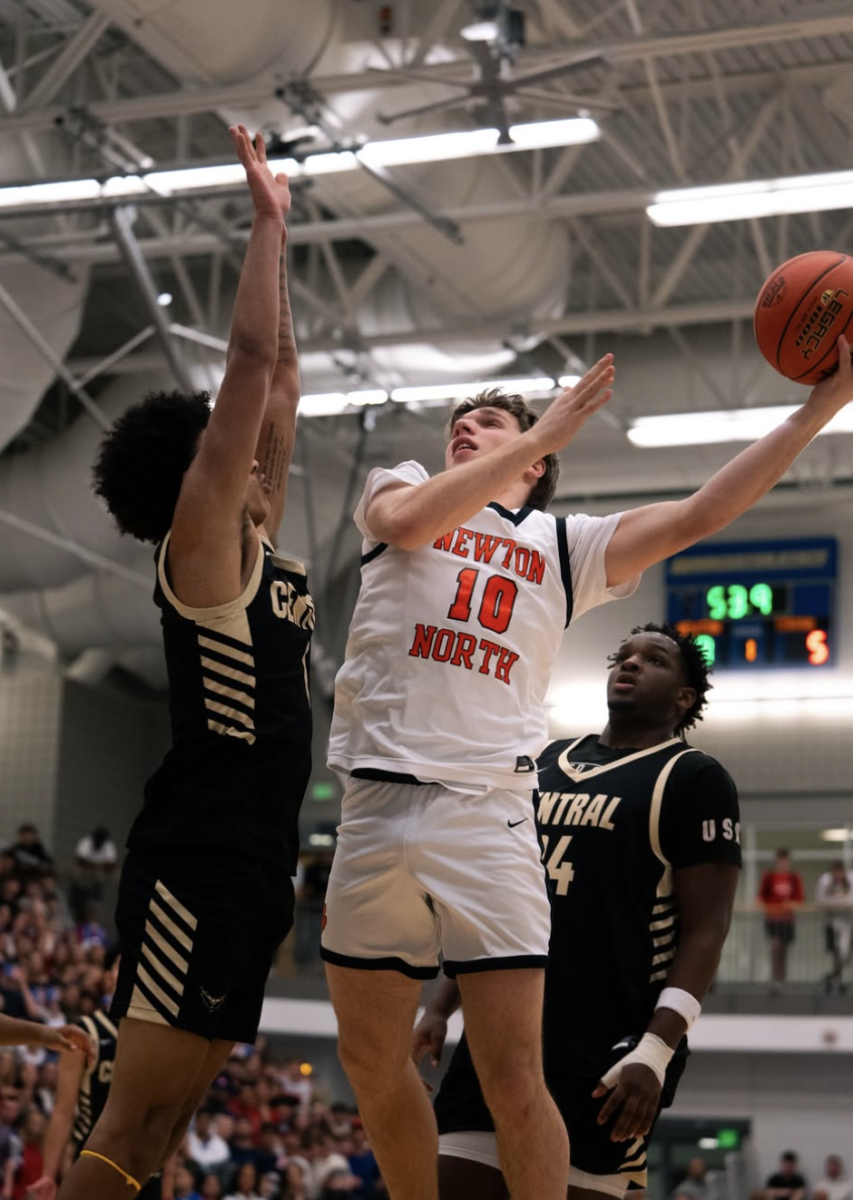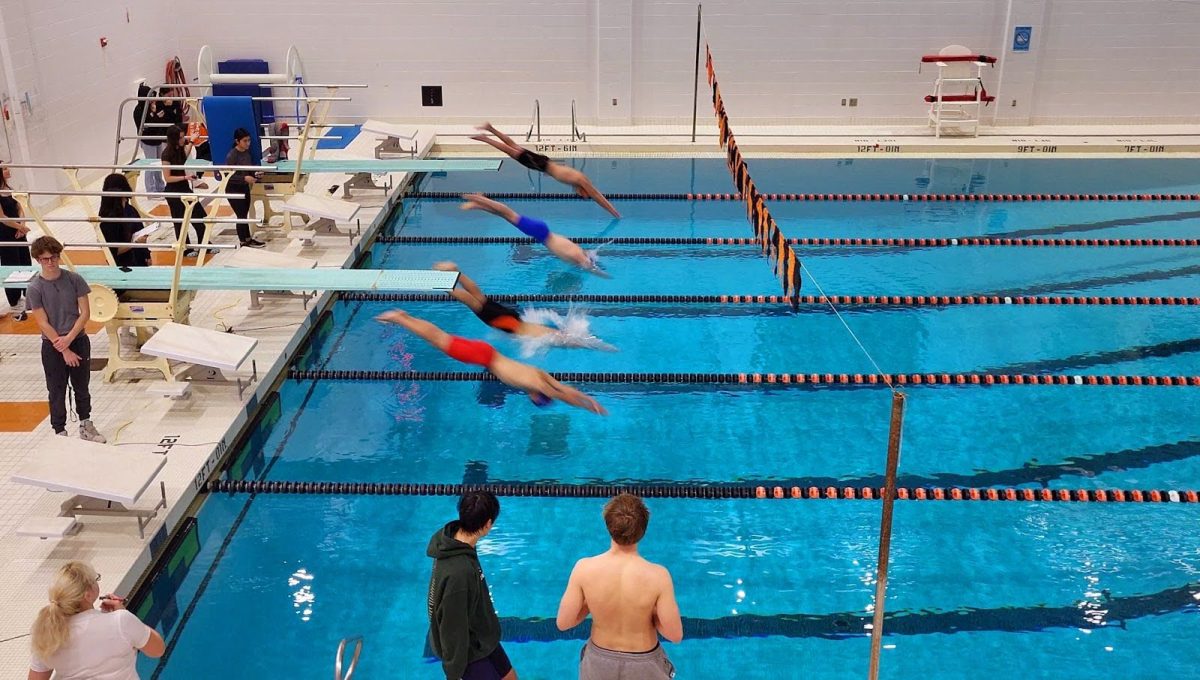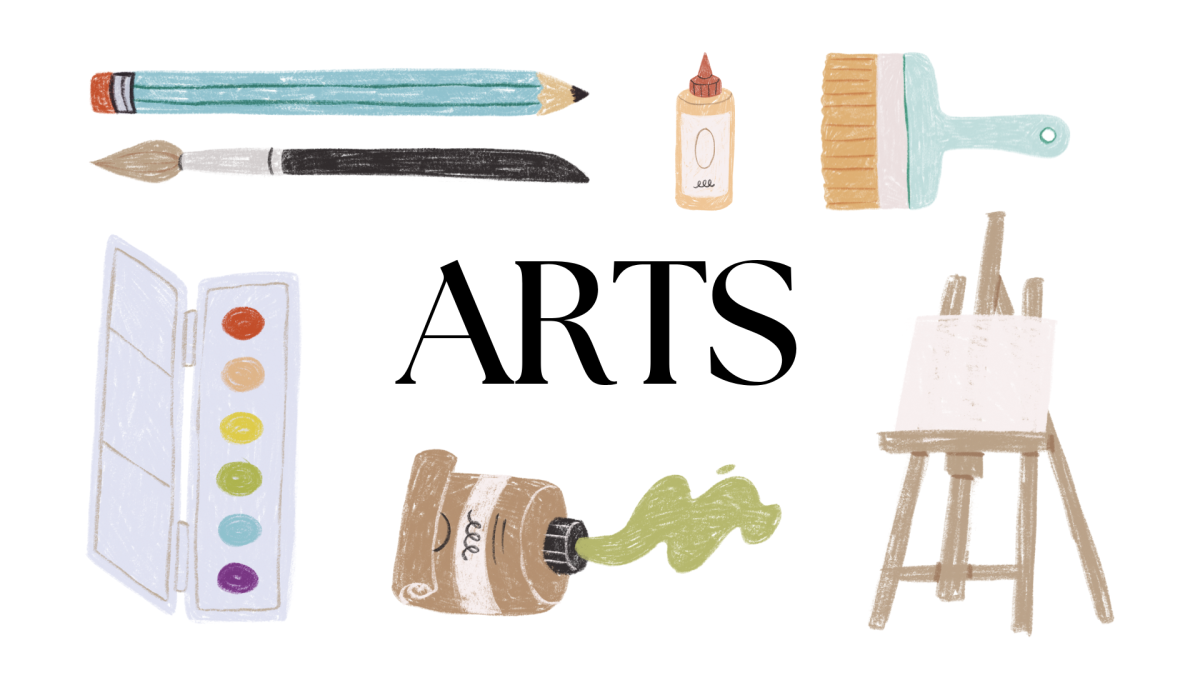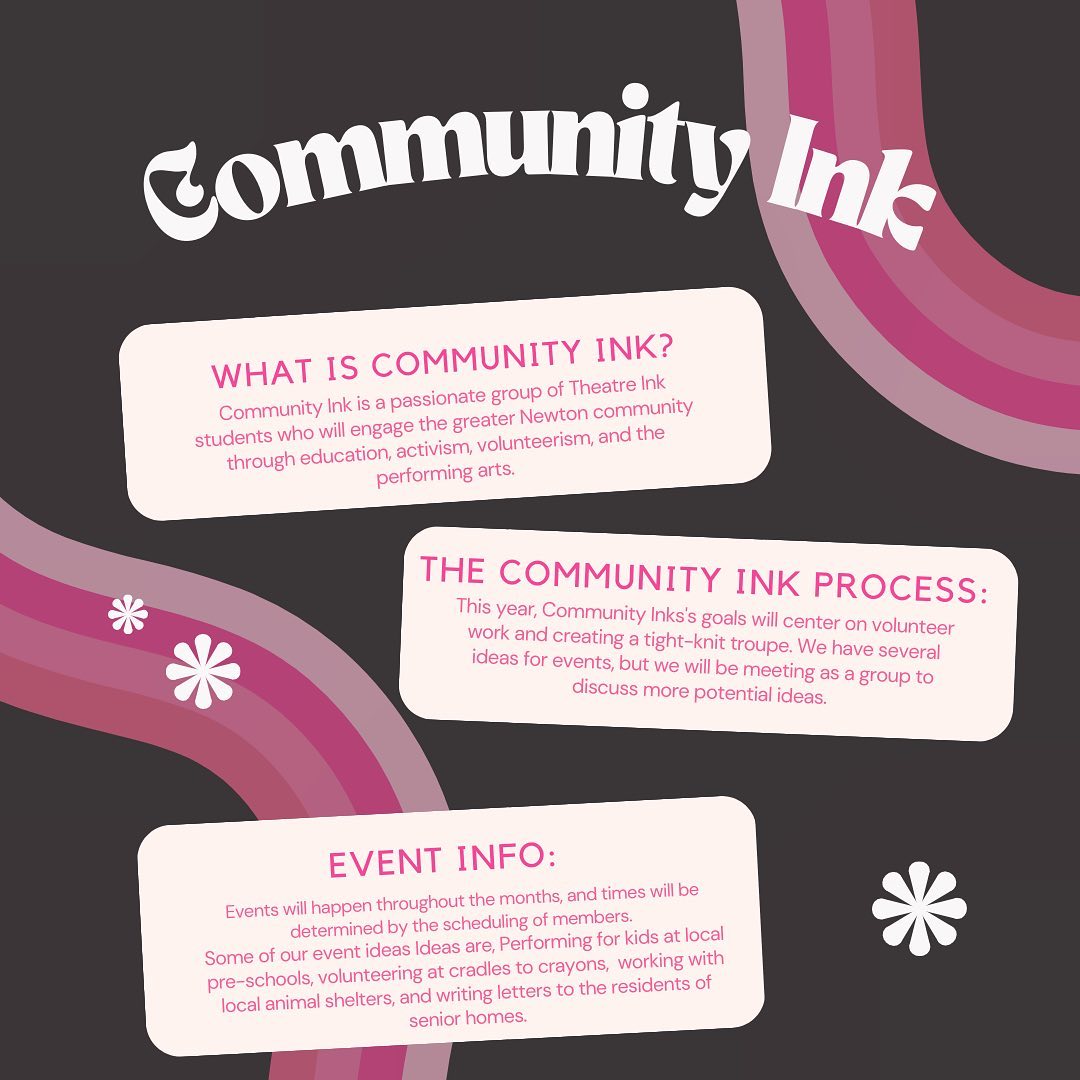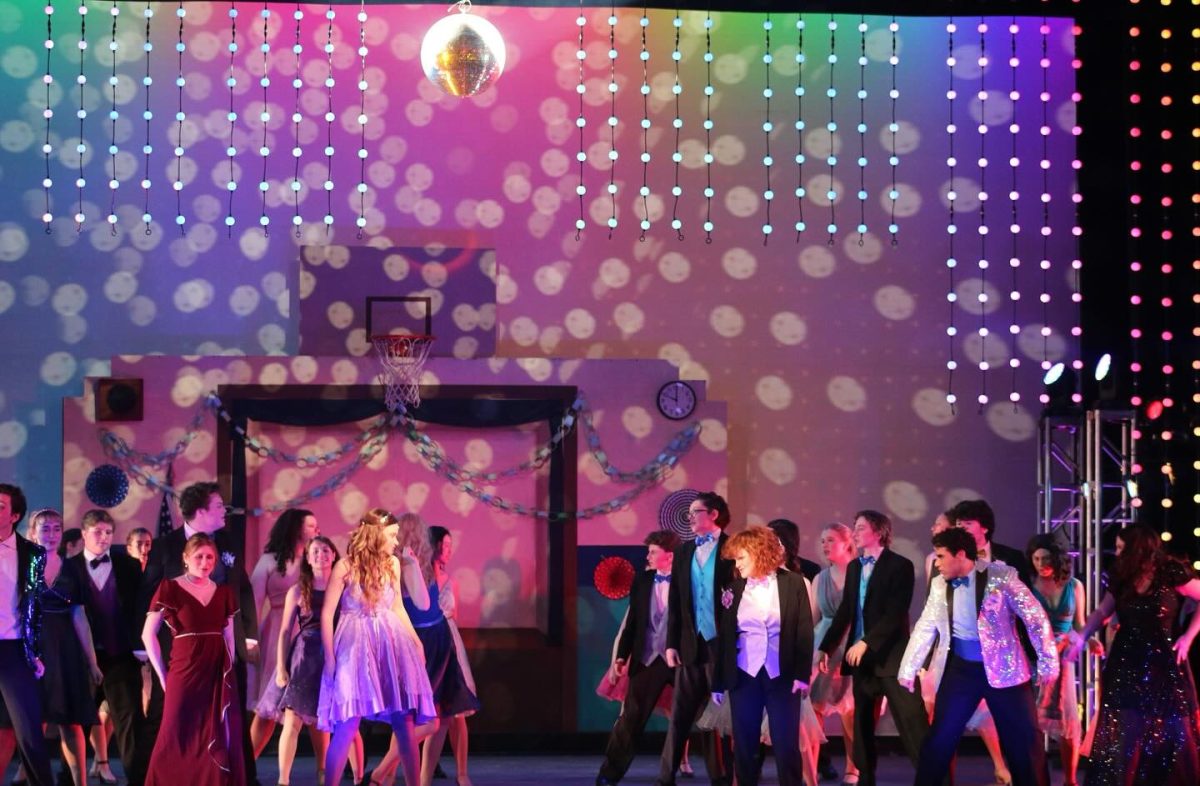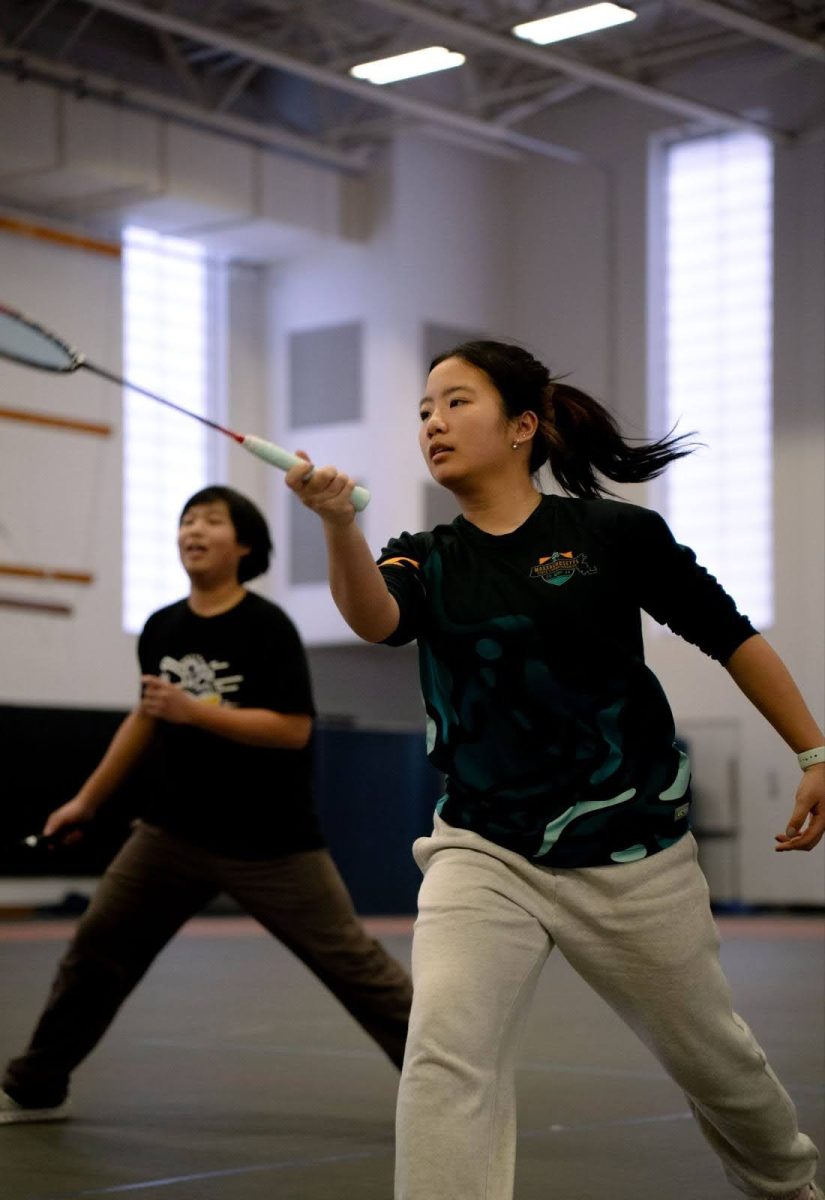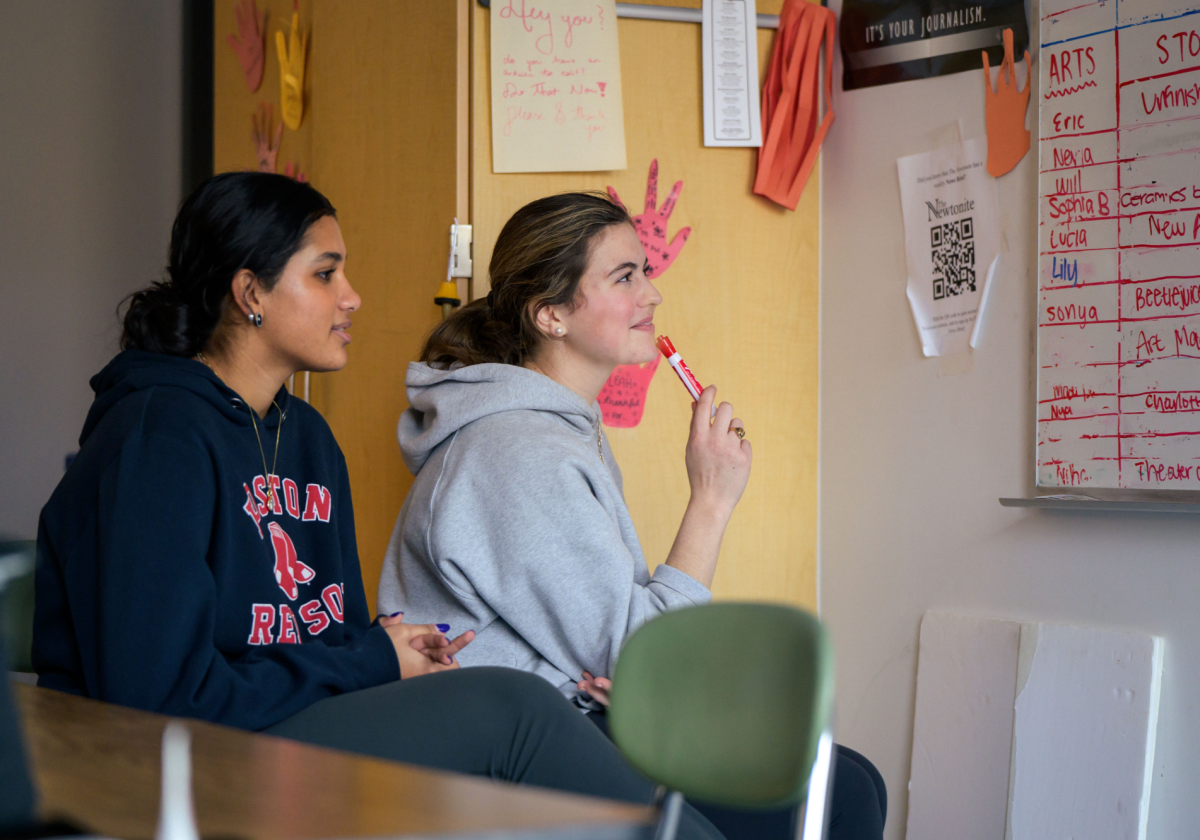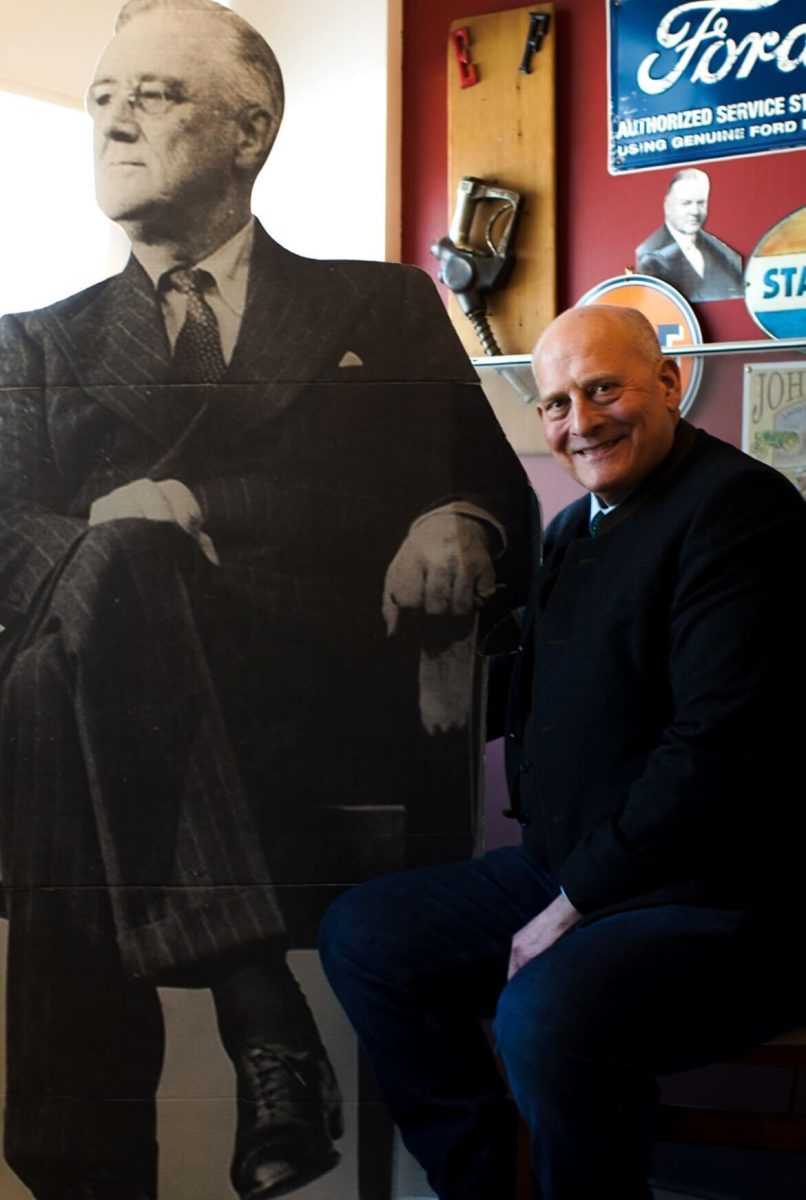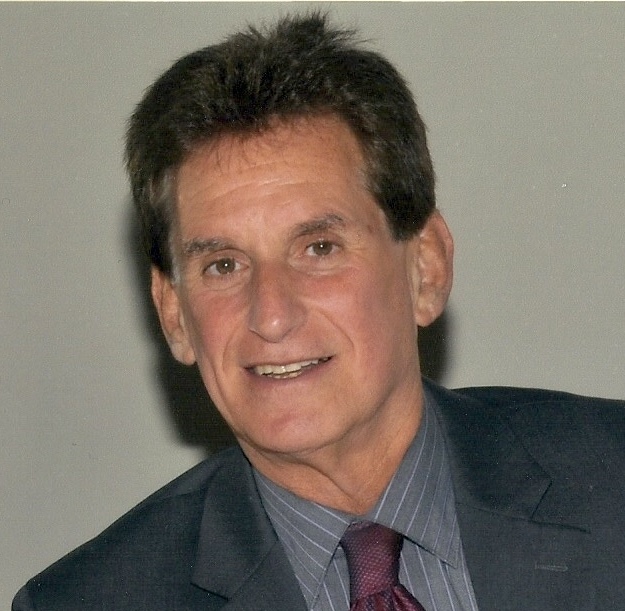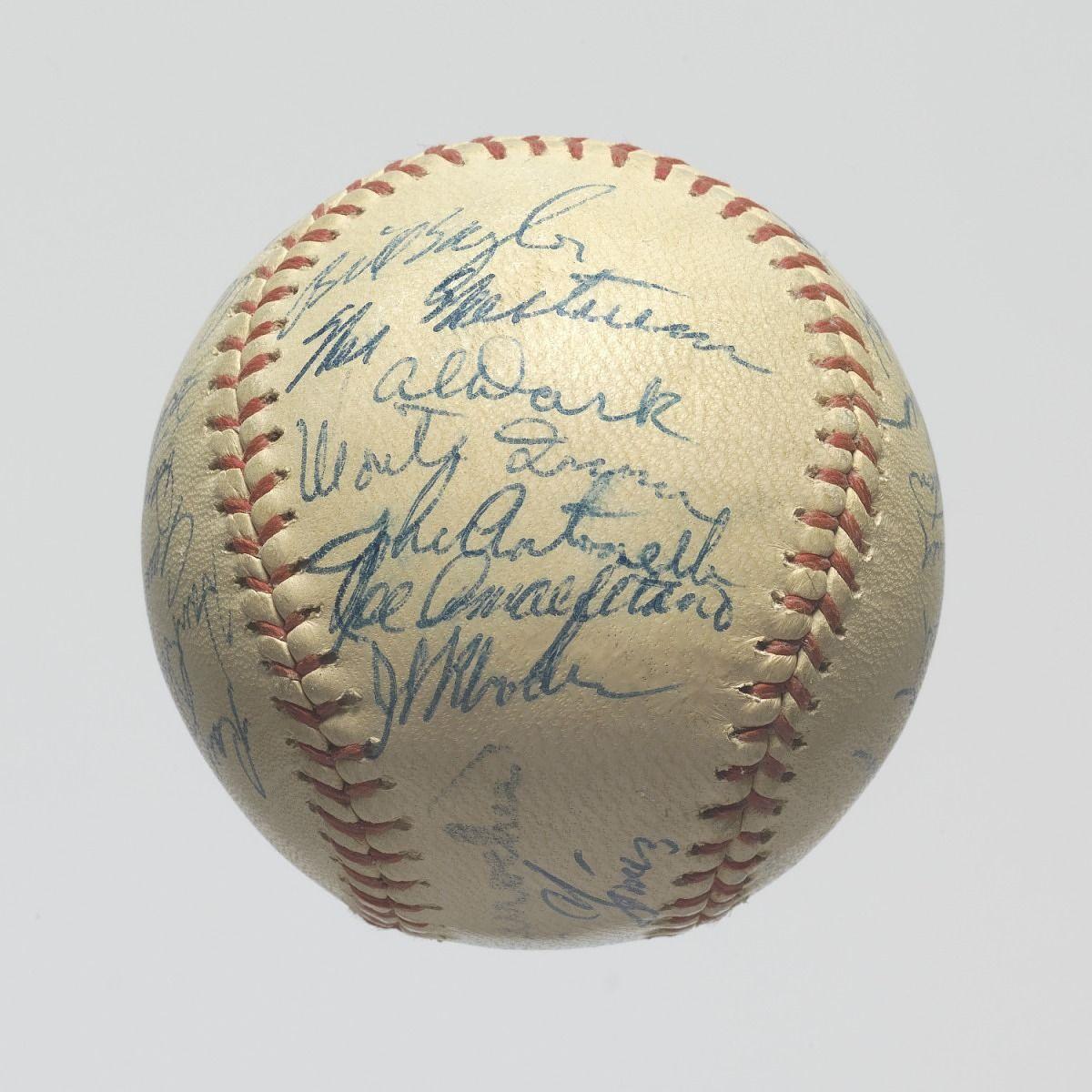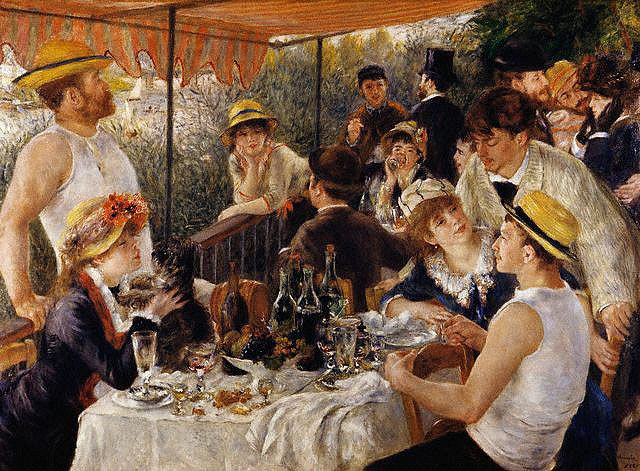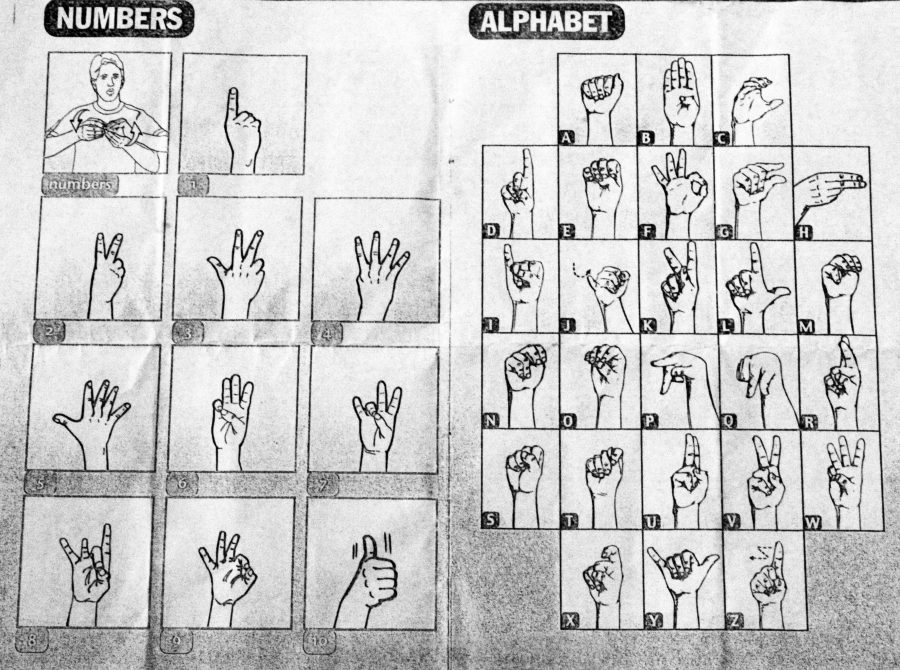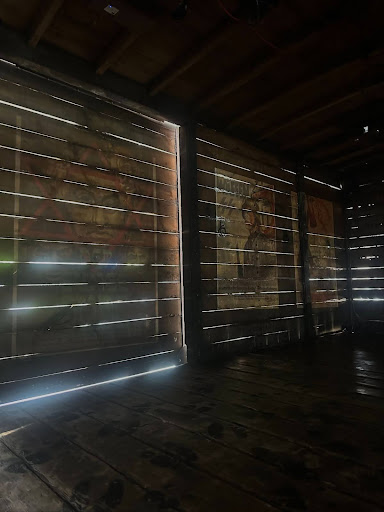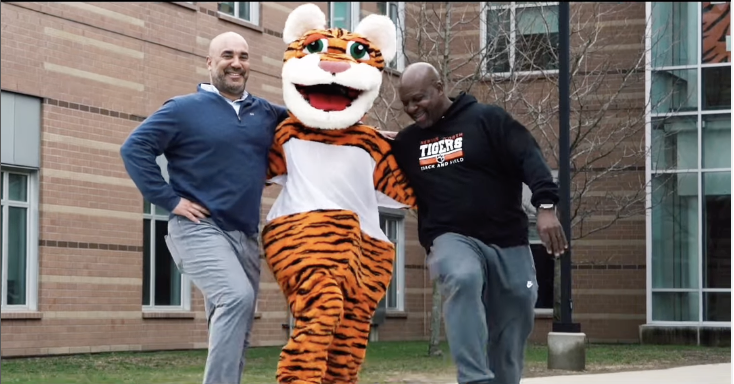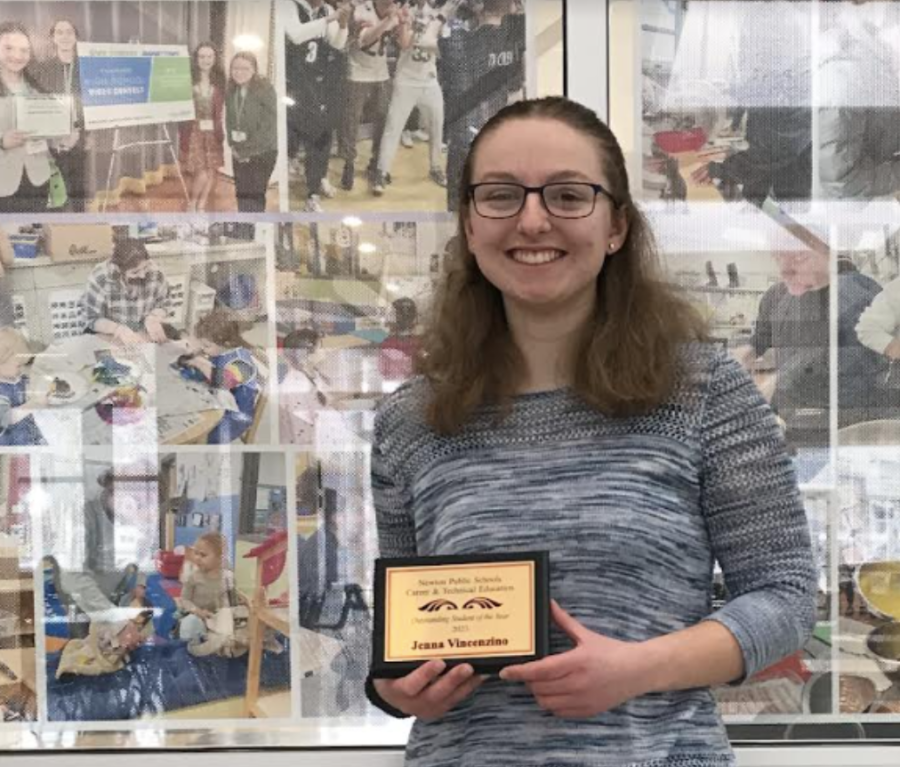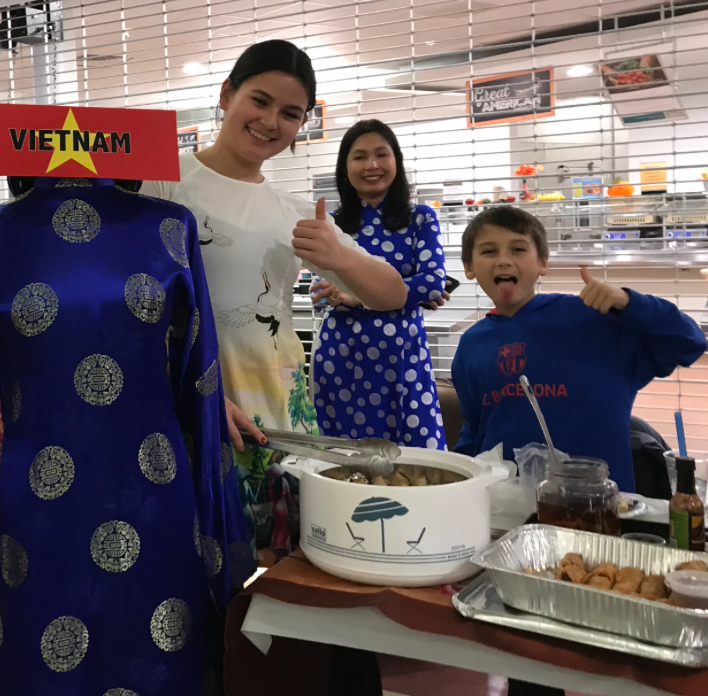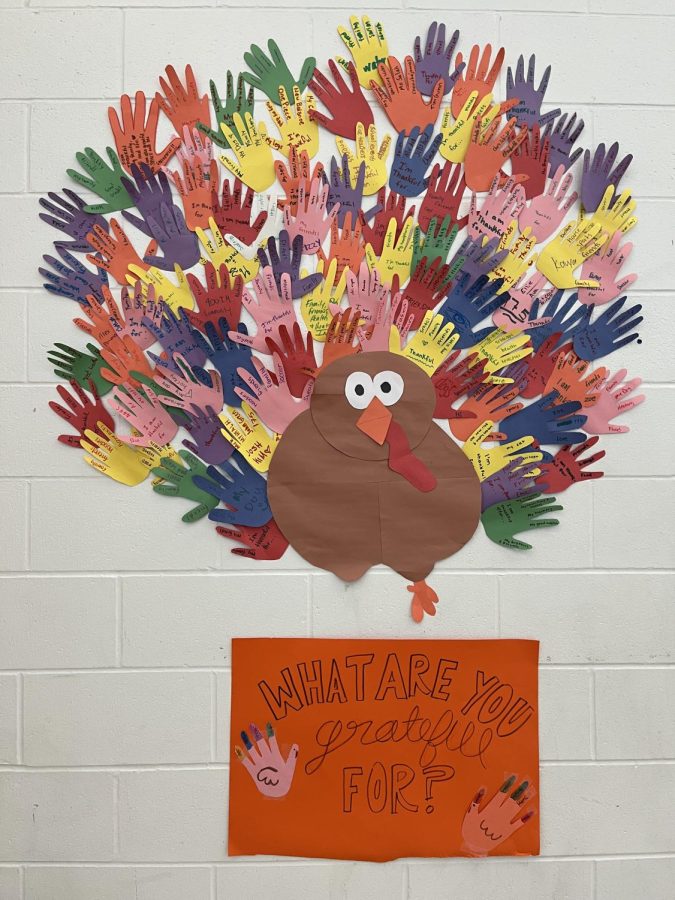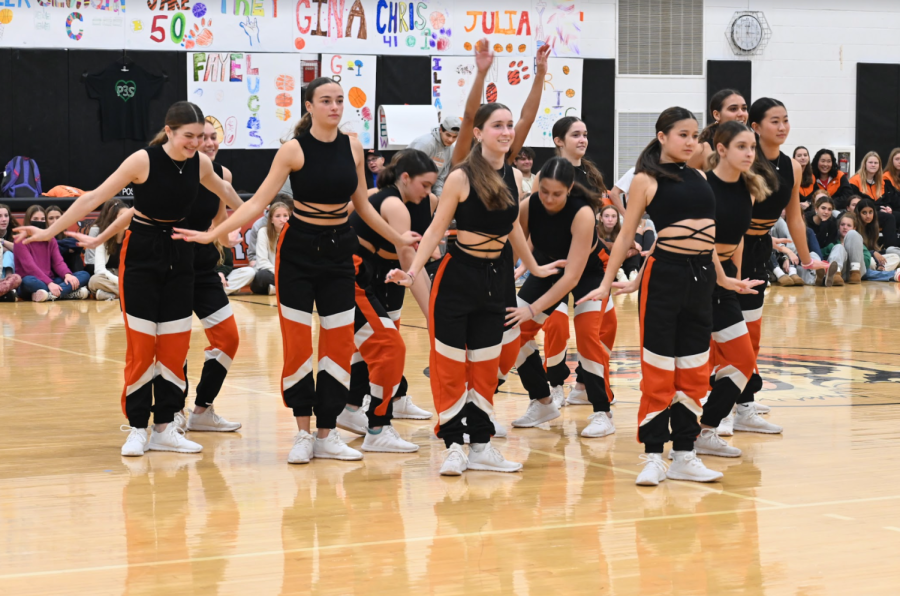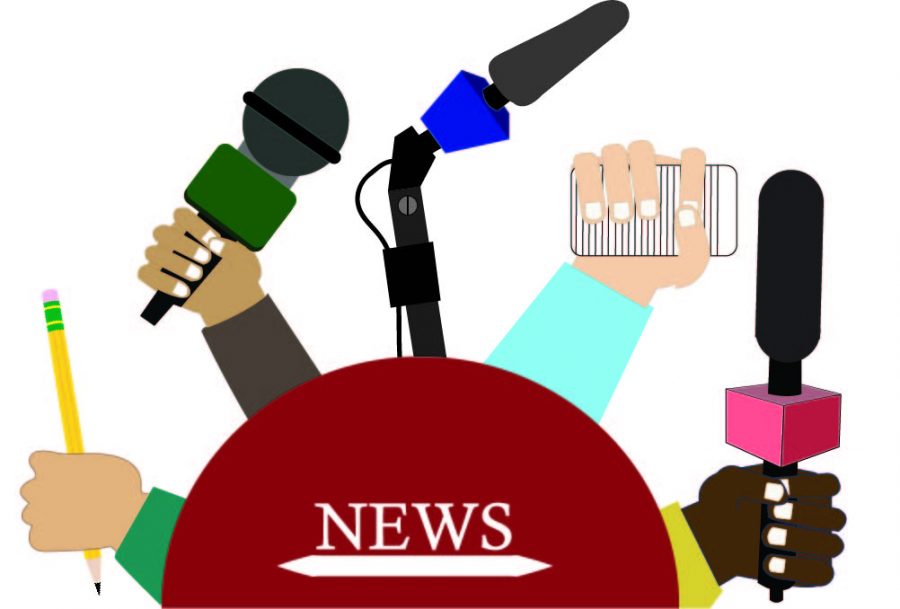A-block
by Laura Schmidt-Hong
Seven students in North’s EDCO Program for the Deaf and Hard of Hearing presented on a panel in the auditorium as part of Deaf Culture Day last Friday during A-block.
The panelists spoke either in spoken English or American Sign Language (ASL), which was interpreted by speakers for hearing members of the audience. They began by explaining how they identified themselves and whether they consider themselves part of the hearing world or the deaf world. Some identified as deaf and others as hard-of-hearing.
Senior Tatiana Martinez said that because she grew up in the hearing world, she feels like a part of that community.
Similarly, senior DJay Araujo said, “I feel pretty rooted in the hearing world” and noted, “I’m fully open about who I am.” He added, “Deaf people can do anything as long as they’re given the opportunity.”
Next, the panelists discussed lip reading and communication with people in the hearing community. Senior Jeremy Tang explained that although many people are unsure of how to communicate with those who are deaf or hard-of-hearing, they can make accommodations.
“Yes, I do use sign language, and you may not,” Tang said, “but we can still communicate.”
Sophomore Mykhaylo Berezyuk added that he is often frustrated when people simply “give up” when trying to talk to him.
In regards to lip reading in conversations with people in the hearing community, Araujo said, “Reading lips is not 100 percent. It’s really an art.”
The panel then answered questions from the audience, including one about the speed of sign language compared to that of spoken English.
Martinez said, “I feel like signing is faster than speaking,” explaining that interpreters may not always be able to keep up with a conversation in sign language, especially if the people involved are fluent.
The panelists concluded by teaching the audience phrases in ASL, including “hello,” “thank you,” and “how are you?”
B-block
by Nour Chahboun
Rhys McGovern, a speech and language communications teacher in the EDCO Program for the Deaf and Hard of Hearing, presented on the portrayal of the deaf in popular media in the auditorium last Friday during B-block as part of Deaf Culture Day
Before entering the auditorium, students were handed a sheet that contained communication tips and signing for numbers and the alphabet.
Throughout the presentation and with help from slideshows and video clips, McGovern tackled a history of negative stereotypes that has surrounded being deaf. He also spoke on the importance of having deaf actors play deaf roles on television, and defied the attitude that deaf people “can’t do as many things as hearing people.”
McGovern began the block by commenting on the increase in deaf actors playing roles in media and in deaf public figures causing a positive change in their representation.
“There has been a lot of positive attitude towards deaf people and culture, and [deaf] people feel they have enough representation in order for others to understand them,” said McGovern.
He then displayed slides of well-known deaf people in the media, including football player Derrick Coleman and motocross racer Ashley Fidek.
McGovern then presented positive representations of deaf people on television, such as Coleman’s 2015 Super Bowl ad for Duracell. The ad showed Coleman “defying the odds” and speaking about his journey of being a professional football player while also being deaf.
Another positive representation that was showed was a clip from the Ellen show in which Marvin Pearson, a Pennsylvania high school student who became completely blind and deaf in the fourth grade, presented his life story and spoke about playing football and applying for sports scholarships.
McGovern then discussed the popular television show “Switched at Birth” and its ability to give people another perspective on what being hard of hearing is truly like, and played a short clip of the show depicting a deaf character describing being hard of hearing as not “hearing loss, but rather deaf gain.”
“There has been a growing awareness in the past couple of years, and deaf people are starting to tell their own stories rather than hearing other people do it for them,” said McGovern regarding the increase of deaf representation in the media.
For students interested in discussing these issues further, North’s American Sign Language club meets Thursdays during X-block in 313.
C-block
by Tali Falk-Judson
Actor and storyteller Elbert Joseph gave a presentation about his life as a member of the deaf community during C-block, last Friday, March 2.
Joseph described his difficulty succeeding in a profession dominated by hearing people.his own struggles as he tried to make it in a profession that is dominated by hearing people.
“When you are so-called ‘disabled’ and a person of color, it can be very hard to move up in the world,” Joseph signed to the audience through an interpreter. “You have to do more than everyone else around you.”
Joseph began acting when he was 13 at the Wheelock Family Theatre in Peter Pan. He continued to audition for roles but, after missing out on a role in Aladdin, Joseph asked to translate the play in sign language for the deaf audience and became the first ever deaf translator on stage at the theater, according to Joseph.
“It was amazing,” Joseph said. “I knew that [acting] was what I wanted to do.”
Joseph has since pursued a career in acting and has starred in many plays including, most recently, a trilogy, Mother Hicks, The Taste of Sunrise, and The Edge of Peace, in which he played the main character who is deaf.
“It’s like I’ve finally found what I was meant to do. It’s a dream,” Joseph added.
Deaf Culture Day highlights diversity in abilities
March 7, 2017
0
Donate to The Newtonite
More to Discover

